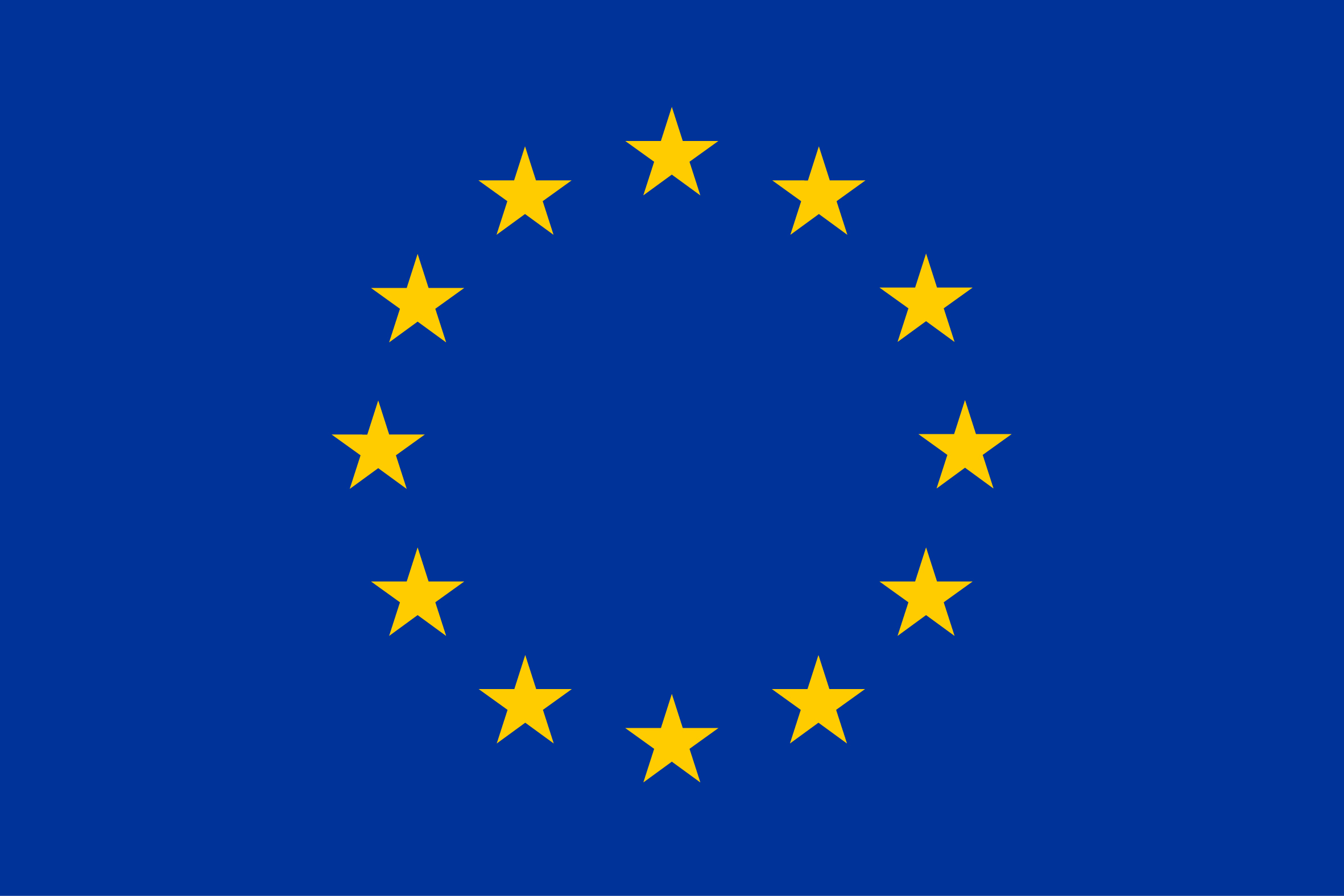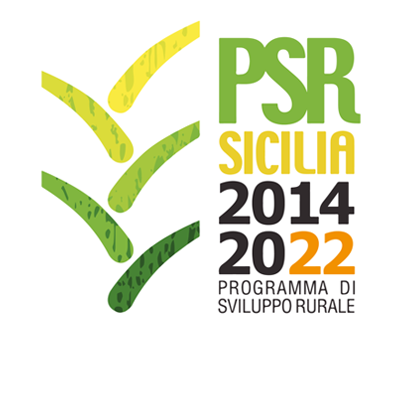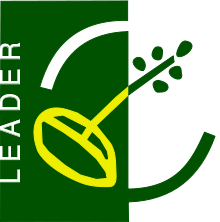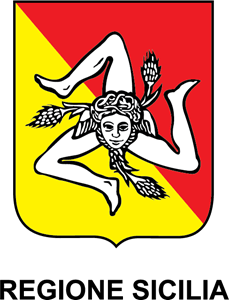Etawah
Country
Specie
ISO3
IDN
Language
Indonesia
Other name
Etawah
Breed classification (adaptedness)
Exotic
Breed classification (geographic)
Local
Number of horns males
0
Number of horns females
0
Weight males
90.00
Weight females
60.00
Other specific visible traits
Big size, long ears and legs.
Domestication status
domestic
Taxonomic classification
Breed
Description of origin
imported from India
Location within country
Central-Java and also on Madura island; Sumbawa island; and Sumatera island in Padang Mangatas.
Local cryo conservation status
No Material
Local Risk
Unknown
Detailed local risk status
Unknown
Boerka Galaksi Agribak
Country
Specie
ISO3
IDN
Language
English
Breed classification (adaptedness)
Locally adapted
Breed classification (geographic)
Local
Adaptability to specific environment
resistant to a variety of conditions, and able to adapt to a wide variety of local natural environment
Specific resistance or tolerance
resistance to gastrointestinal parasite infection
Specific reproductive characteristic
the highly prolific
Color comments
generally have a single coat color of white, black, brown, or a combination of all three
Wither height males
65.3
Wither height females
61
Weight males
23.85
Weight females
21.80
Other specific visible traits
convex face profile with wide nose, oval-shaped body, well-built, straight back line, medium ear size, wide and drooping; male and horned with medium sized and backward arched
Description of origin
the performance of boer goats (50%) and kacang goats (50%) were relatively the same for 6 generations
Local cryo conservation status
No Material
Local Risk
At Risk
Detailed local risk status
Endangered maintained
Boer
Country
Specie
ISO3
IDN
Language
English
Description
Boer is described into 2 type which is standard Boer and red Boer. Standard Boer typically have a white hair with brown head, but red Boer have brown reddish colour hair.
Transboundary name
Boer
Breed classification (adaptedness)
Locally adapted
Breed classification (geographic)
International
Adaptability to specific environment
This breed is known for its heat tolerance
Specific resistance or tolerance
This breed is susceptive to scabies and bloat
Specific reproductive characteristic
The percentage of births of male and female is 53,60% and 43,40%. Kidding interval is 8-10 month, and creep mortalitas is 3%.
Special characteristic of product
The breed is known for its excellent in meat production
Color comments
Boer : the hair of standard Boer colour is white with brown head, and the hair of Red Boer colour is reddish
Number of horns males
2
Number of horns females
2
Horn shape size and comments
The shape of the horns is round, solid, curved back
Wither height males
67.25
Wither height females
49.39
Weight males
64.50
Weight females
48.75
Other specific visible traits
massive body
Herdbook
n
Description of origin
males, semen and embryos imported from Australia and New South Wales
Year of origin
1997
Import
2000, Australia
Location within country
North Sumatra, Lampung & East Java
Local cryo conservation status
Sufficient
Local Risk
At Risk
Detailed local risk status
Critical Maintained
International Transboundary Risk detailed
Not at Risk
Bligon
Country
Specie
ISO3
IDN
Language
Indon
Breed classification (adaptedness)
Exotic
Breed classification (geographic)
Local
Domestication status
domestic
Taxonomic classification
Breed
Description of origin
expected result of goat crosses PE with Kacang
Local cryo conservation status
No Material
Local Risk
Unknown
Detailed local risk status
Unknown
Angora
Country
Specie
ISO3
IDN
Language
eng.
Transboundary name
Angora
Breed classification (adaptedness)
Exotic
Breed classification (geographic)
International
Number of horns males
0
Number of horns females
0
Domestication status
domestic
Taxonomic classification
Breed
Location within country
Java
Local cryo conservation status
No Material
Local Risk
Unknown
Detailed local risk status
Unknown
International Transboundary Risk detailed
Not at Risk
Anglo-Nubian
Country
Specie
ISO3
IDN
Language
eng.
Transboundary name
Anglo-Nubian
Breed classification (adaptedness)
Exotic
Breed classification (geographic)
International
Number of horns males
0
Number of horns females
0
Domestication status
domestic
Taxonomic classification
Breed
Location within country
Java, Bengkulu
Local cryo conservation status
No Material
Local Risk
Unknown
Detailed local risk status
Unknown
International Transboundary Risk detailed
Not at Risk
Saanen
Country
Specie
ISO3
HUN
Transboundary name
Saanen
Other name
Szánentáli kecske
Breed classification (adaptedness)
Exotic
Breed classification (geographic)
International
Efabis adaptability to marginal land
Saanen does are known for their ease of management in herds, mellow temperaments and adaptability, as well as their production abilities
Efabis main colour
white, cream
Number of horns males
0
Number of horns females
0
Other specific visible traits
The profile of the head is straight or dished (concave), with erect, forward-pointing mid-sized to large ears.
Domestication status
domestic
Taxonomic classification
Breed
Description of origin
imported; exotic. The Saanen breed was originally developed in Switzerland
Local cryo conservation status
No Material
Local Risk
At Risk
Detailed local risk status
Critical
International Transboundary Risk detailed
Not at Risk
Hungarian plain goat
Country
Specie
ISO3
HUN
Language
eng.
Other name
magyar parlagi kecske
Breed classification (adaptedness)
Native
Breed classification (geographic)
Local
Number of horns males
0
Number of horns females
0
Domestication status
domestic
Taxonomic classification
Breed
Description of origin
indigenous breed
Year of origin
1915
Local cryo conservation status
No Material
Local Risk
At Risk
Detailed local risk status
Endangered
Boer
Country
Specie
ISO3
HUN
Language
eng
Transboundary name
Boer
Other name
búr kecske
Breed classification (adaptedness)
Exotic
Breed classification (geographic)
International
Additional information
Boer goats commonly have white bodies and distinctive brown heads
Special characteristic of product
meat
Efabis main colour
brown or white
Number of horns males
0
Number of horns females
0
Weight males
122.00
Weight females
100.00
Other specific visible traits
they possess long, pendulous ears
Domestication status
domestic
Taxonomic classification
Breed
Description of origin
imported; exotic. was developed in South Africa in the early 1900s for meat production
Local cryo conservation status
No Material
Local Risk
At Risk
Detailed local risk status
Critical
International Transboundary Risk detailed
Not at Risk




